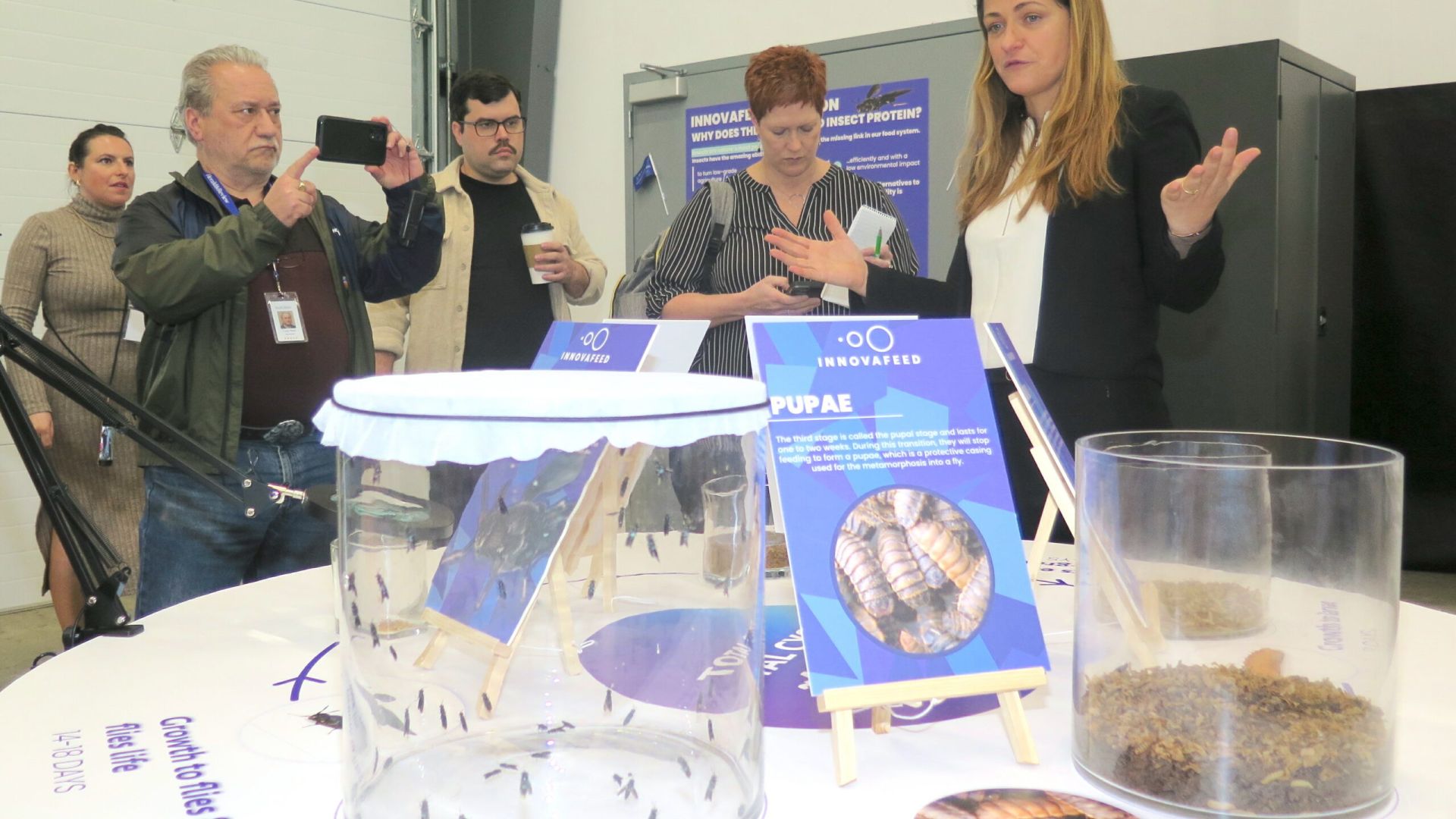What role will circularity play in the future of feed production?

Panelists at the 2024 Feed Mill of the Future Conference covered topics including technologies and techniques that can improve feed production’s efficiency and bottom line.
Circularity is based on the concept of reduce, reuse and recycle, and focuses on the goal of repurposing and eliminating waste, therefore improving environmental sustainability. Feeding human food waste to insects that will break down that waste and then using the insects in animal feed to produce protein that will then feed humans is an example of circularity.
“Circularity is not a new concept. It makes a lot of sense to try to extract value from all parts of resources,” Maye Walraven, North American general manager and chief impact officer, Innovafeed, said. “But I think it’s becoming more of a trend or more of a priority because we are feeling environmental pressure.”
As an insect producer, Innovafeed was inspired to build upon processes that occur naturally and improve upon it. “We kind of took our inspiration through nature and, in nature, insects really act as a super upcycler,” she said. “They will feed on this very low-quality biomass that other animals won’t eat … and so we’re really trying to reproduce that on a large industrial scale where we grow insects and we tap into very large stocks of byproducts that are available.” The insects are then used as feed ingredients, including oil and protein, as well as even the insects’ waste products as a fertilizer.
The panel also discussed the role of feed additives and artificial intelligence in improving sustainability and reducing waste.